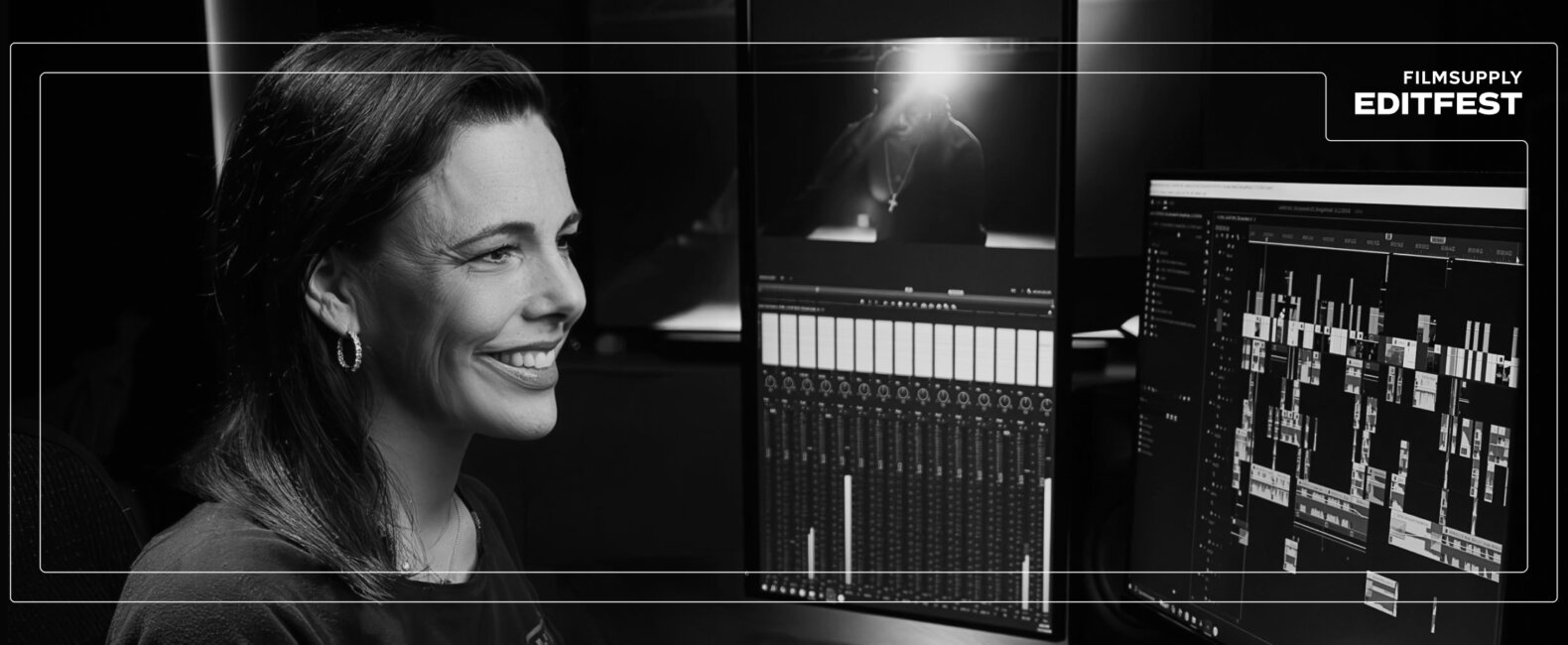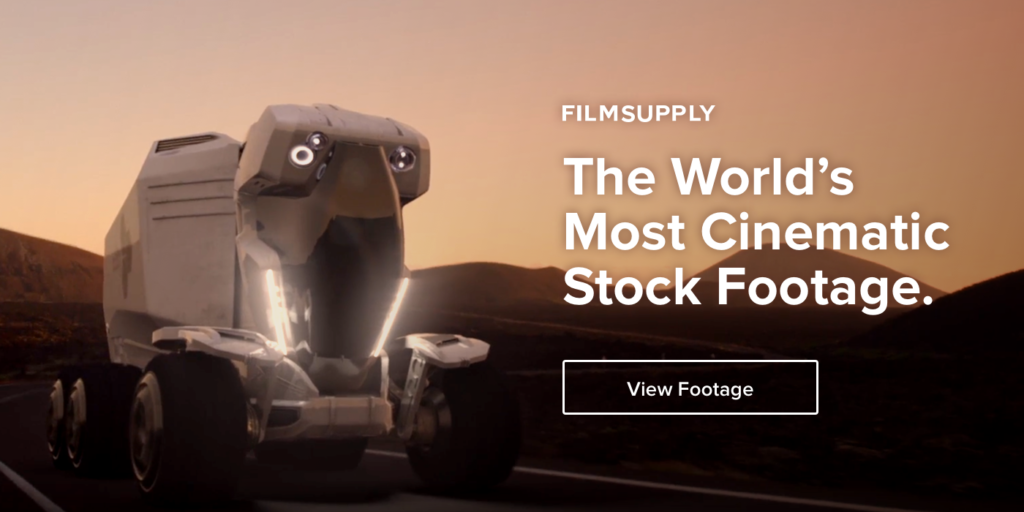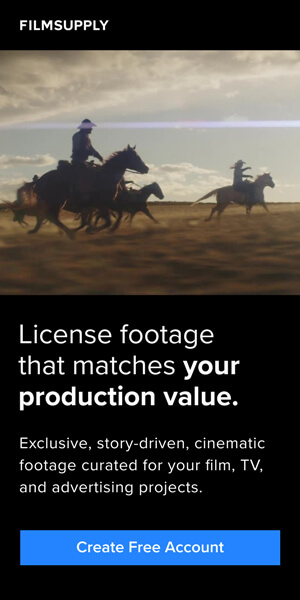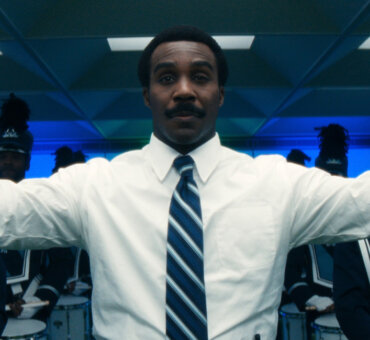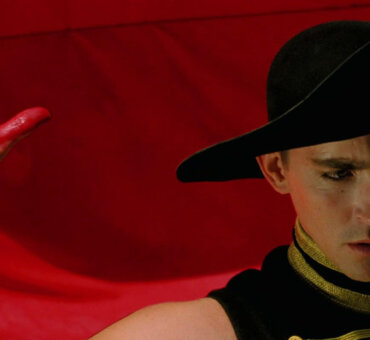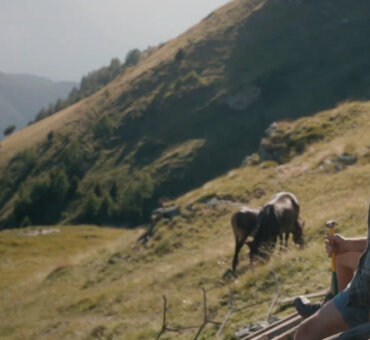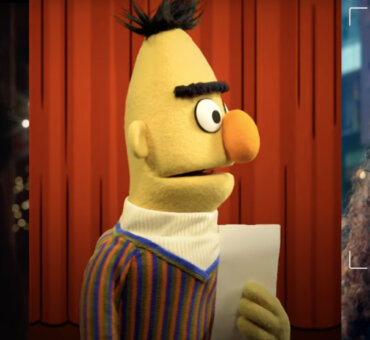Some careers are born from a single, transformative moment. For Kimaree Long, post-production supervisor at Cadence Post, it was the magic of an indie film festival at a historic New Orleans theater. That week-long immersion into films that were raw, quiet, and unlike anything seen before planted the seed of a lifelong passion for storytelling through editing.
Years later, after making the leap from a night receptionist in Los Angeles to a seasoned post-production supervisor, that passion continues to drive every project.
From crafting award-winning brand films for Bollinger Shipyards to working with high-profile studios like HBOMax, Universal Films, the CW, and more, Kimaree’s work always reflects a commitment to quality, collaboration, and creativity.
In this interview, Kimaree discusses the world of post-production and explores the challenges, triumphs, and philosophy behind the craft. We also uncover the mindset that has shaped a career rooted in storytelling, precision, and a love for the process.
FILMSUPPLY: What initially sparked your interest in video production?
Kimaree Long: When I was younger than I am today (by a lot), New Orleans hosted its inaugural film festival at the iconic, still-there-today, single-screen theater, The Prytania.
My best friend’s older brother, a prolific comic book collector, and super cinema aficionado, worked the ticket counter then, ensuring we had an entrance at any time.
So we went.
To every movie.
Every night.
For a solid week.
The films we saw that week were like nothing I’d ever seen before: mesmerizingly original, emotionally complex, noticeably quieter and gentler than their mainstream counterparts. They were enormous departures from what I’d previously been devouring on the big screen. (Though I still owe a thundering round of applause to Mr. Lucas and Mr. Spielberg, without whom I wouldn’t have given a hoot about a film festival to begin with.)
The term “Independent Film” was not yet ubiquitous in the lexicon, and Sundance had yet to become the behemoth indie incubator it would later be. What I saw that week way back when blew me away and heavily influenced my desire to work in film, to be a part of such a creative whole.
When the festival ended, and the last film had wrapped, I knew what I wanted to do when I grew up.
You’ve worked on numerous commercial projects for globally recognized brands and studios like Netflix, STARZ, and FX. What are some of the most memorable projects you’ve worked on for them?
STARZ Entertainment – BMF S2 Promo
Kimaree Long: This was a fun project. It featured an interview between NBA power forward Zion Williamson and BMF lead actor Demetrius “Lil Meech” Flenory. Director Kerry Lofton set the stage with an initial narrative outline, and our team set out to deliver a two-minute short film accompanied by multiple 30-second and 15-second spots, culminating in a total of 34 pieces of content for the campaign.
STARZ approved our first cut without any changes, which was unheard of. This project also had some interesting challenges. They allowed us to feature material directly from the show’s teasers, but we had to composite out people smoking cigarettes. (That’s not something you can show on broadcast television.)
Welch’s Fruit Snacks – “Snack Fruitfully”
We were brought in to grade a social campaign for Welch’s, where we not only graded the social ads, but we graded three hours of raw material to make it ready for future spots. We had a very compressed timeline for the project—just a week—but we were able to match content exactly to previous creative.
Cadence delivered 10 ads for the campaign along with three hours of graded footage, power grades, and project files, a monumental set of deliverables for the time allotted.
Bollinger Shipyards – “The Makers”
Bollinger Shipyards is the largest privately owned shipbuilder in the US and is based in southern Louisiana. We were brought in to craft a brand film for the company. We met with the agency and then had an opportunity to speak directly with the client.
The directive was to make something “badass,” so we ran with it. We were our own story producers and had almost 36 hours of collective interview material. The film was cut by our supervising editor and head of post-production, Rick Nelson, and it won an Emmy award for short-form content.
The client was thrilled.
We were more than thrilled.
Talk about how you got to where you are today as a Post Production Supervisor.
Kimaree Long: I moved to LA shortly after college to get my “big start” in the movie industry. I answered an ad in the newspaper (yes, this was a thing!) that was looking for a night receptionist at a company offering post-production sound services for feature films and television.
I had no idea what any of that meant, but I got the job anyway.
So I transitioned from phone gal to assistant editor. Then over time, I transitioned to editor, joined the union, and continued as a dialog and SFX editor for many years.
At some point, I missed the warm (hot) steamy, summer nights and the unrivaled taste of a good shrimp po-boy and moved back home to New Orleans. There, I transitioned into picture editorial and worked as an assistant editor for many years. I did long-form narrative, episodic television, and short-form commercial work.
With a background in sound and picture editorial, knowledge of multiple NLE platforms, and a treasure box full of post-production tools, tricks, and workflows, I made the leap to Post Supervisor.
RELATED READS: The North Face’s Head of Production Kaki Orr on Finding Her Place in Production
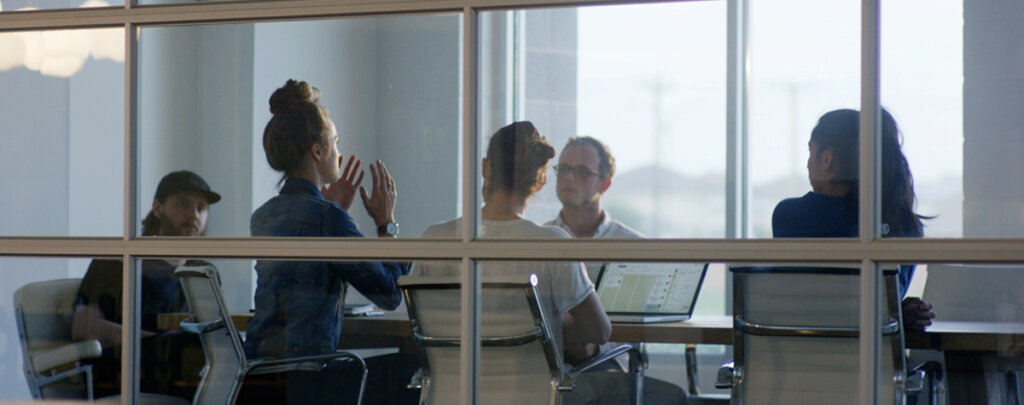
How do you foster a collaborative environment between business and creative teams?
Kimaree Long: We treat every client as an only client. There is no quantifying, qualifying, or comparing. At Cadence Post, we foster a collaborative, familial environment with open lines of communication and mutual respect. Our editors and animators are considered equal collaborators and bring their individual talents and creative vision to the process.
We maintain clear, constructive, and well-tested workflows, offering each client the highest level of quality work, whether we are crafting motion graphics for a local bakery’s animated social post or color grading a national automobile ad.
If you’re a remote client, or one just down the street, our review processes are seamless, regardless of location, ensuring our partners feel they are part of the editorial process from start to finish.
We want each client to feel they have become a PARTNER with Cadence Post. We want them to feel like a member of the team, regardless of size, budget, or location.
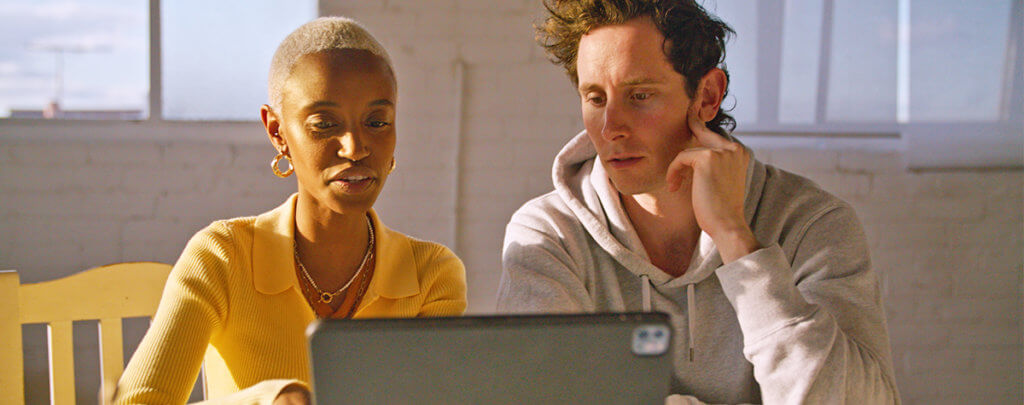
How do you handle tight deadlines and high-pressure situations?
Kimaree Long: Our editors and supervisors do really well under tight deadlines by maintaining a streamlined workflow, clear communication, and strong collaboration. They prioritize tasks efficiently, leverage advanced editing tools, and draw on their deep industry experience to make quick, informed decisions.
Regular check-ins and a problem-solving mindset ensure that projects stay on track without compromising quality, even in high-pressure situations.
When tight deadlines arise, our colorist can handle transcoding, our animators contribute to sound design, and I can step in to prep deliverables. Our diverse skill sets and broad experience help us pivot quickly without sacrificing quality.
This flexibility and strong teamwork ensure we consistently deliver high-caliber results, even under challenging timelines.
RELATED READS: Cutting Under Pressure: Carlos Flores on Short Deadlines
What’s your process for ensuring that a campaign aligns with both the client’s goals and the creative team’s vision?
Kimaree Long: We listen first and then execute from there. We don’t start a job until we’ve fully heard the client’s vision and have a clear understanding of what is expected.
When a client does need us to lead with creative direction, we like to offer multiple options. This helps the client feel like they can shape a campaign to a vision that’s still open to evolve.
What advice would you give to aspiring editors who are working their way up the ranks?
Kimaree Long: Never stop learning, always do good work, and maintain the highest quality of professionalism. Never forget to be adaptable and pleasant. If you combine excellent work, professionalism, teamwork, congeniality, and an authentic passion for process, your work will speak for itself.

Why do you recommend Filmsupply as a resource for editors, agencies, and post houses?
Kimaree Long: Filmsupply has been a trusted partner in helping us craft creative, thoughtful content for our clients. Filmsupply allows us to elevate the quality and creativity of our content, delivering a more authentic and visually compelling product to our clients. Access to Filmsupply’s diverse range of high-quality film stock enhances the visual texture and tone of every project, helping to craft a robust cinematic product we are proud to show our clients.
Our editors are able to seamlessly integrate Filmsupply’s content into their work, crafting a cohesive, visually stunning product that stands out from the competition and exceeds client expectations.
Creatives and agencies have repeatedly told us that Filmsupply is one of the few stock video platforms that offers relevant stock footage. Filmsupply’s catalog stands out for its contemporary styles, trends, and quality. Its intuitive keywords and phrases align with an editor’s creative process, streamlining the workflow.
RELATED READS: Filmsupply’s AI-Powered Search Finds Your Footage Faster Than Ever
When judging Editfest submissions, what’s the one thing you look for that will set great edits apart from the rest?
Kimaree Long: I have always held fast to the notion that less is more. This is particularly true for quality filmmaking and effective post-production editorial. I believe all edits should tell a good story, evoke an emotional response, and craft a cohesive narrative. I never want to let on that someone was “behind the curtain,” so to speak.
Strong editing is about knowing what to cut as much as what to keep. You’ve got to strip down to the essential elements that move the story and the emotion forward.
An edit that goes unnoticed is the sign of a successful edit, in my opinion. Because of my audio background, I’m also sensitive to the successful integration of sound and music. And again, sometimes less is more; a scene with no sound can be more powerful than one driven by an intense score or sound design.
